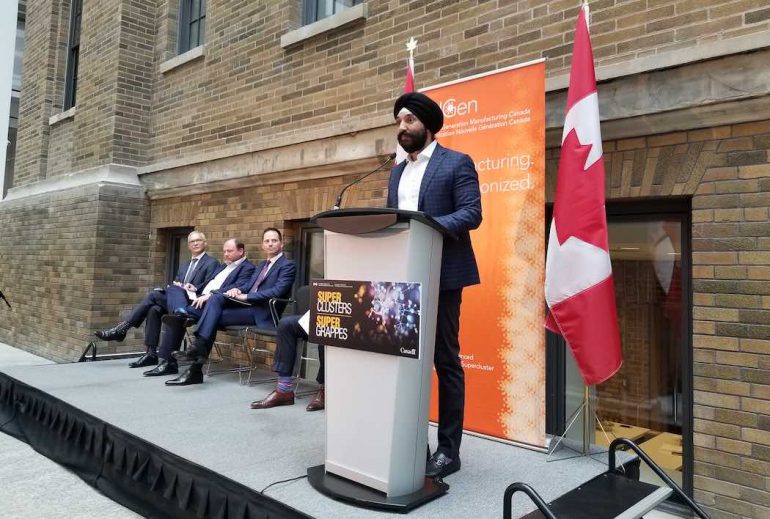The federal government’s Innovation Superclusters Initiative is far behind its spending goals, according to a new report from the parliamentary budget officer.
As of data from March 6, the Canadian government’s five Superclusters had doled out just $30 million instead of the $104 million they had been projected to spend by that time.
The $30 million represents just three percent of the initiatives overall $918 million that was earmarked to be spent over a five-year period.
The $30 million represents just three percent of the initiatives overall $918 million that was earmarked in Budget 2017 to be spent over a five-year period. The Government projected that the initiative would lead to the creation of 50,000 jobs, increase GDP by $50 billion over 10 years, and accelerate innovation.
Twenty-nineteen marked the first year the Superclusters began handing out the capital after the Department of Innovation, Science and Economic Development (ISED) announced each organization’s funding allotment in late 2018.
It was projected that during that time the government would have spent 11 percent or $104 million across the five Superclusters. The actual spending put the government at just 29 percent of its original target.
The analysis of the Supercluster initiative was published by the parliamentary budget officer (PBO) on Tuesday. It found that of the $30 million that had been spent, the majority ($18 million) went to operational and administrative costs for the various Supercluster organizations – with $12 million going towards projects. According to the report, the funding was distributed across 45 research projects. ISED has reportedly committed, though not necessarily spent, $97 million to those 45 projects.
The PBO estimated that, based on the average committed expenditure per project, an additional 355 projects would need to be selected to meet the Supercluster spending targets. “As such, the rate of project selection and implementation will need to materially increase to achieve planned timelines,” the report stated.
Notably, the PBO’s findings are from data shared by the government as of March 6. Spending from the five Superclusters has continued throughout the COVID-19 pandemic, with Minister of Innovation Navdeep Bains announcing the decision in March to refocus some of the Superclusters’ focuses in order to help in the fight against COVID-19.
Ontario-based supercluster Next Generation Manufacturing Canada (NGen) made a commitment to spend $50 million to support companies that are offering and developing solutions for the COVID-19 pandemic. And, British Columbia-based Digital Technology Supercluster committed $60 million to a number of COVID-19 projects.
The Innovation Superclusters Initiative operates by requiring Superclusters to source matching investments from private partners in addition to public funding. Non-federal partners are expected to spend more than $1 billion over the five year period. According to the report, as of March 6, non-federal partners had committed $180 million to projects compared to ISED’s $97 million commitment.
Based on the current rate of spending, PBO estimated that the Innovation Superclusters Initiative will create 27,341 direct jobs over the five year period, compared to the 50,000 projected by the federal government.
The PBO also stated that “it seems highly unlikely” that the government will meet its objective of increasing GDP by $50 billion over 10 years. Based on calculations that the PBO called “optimistic,” the increase in GDP would be around $18 billion.


